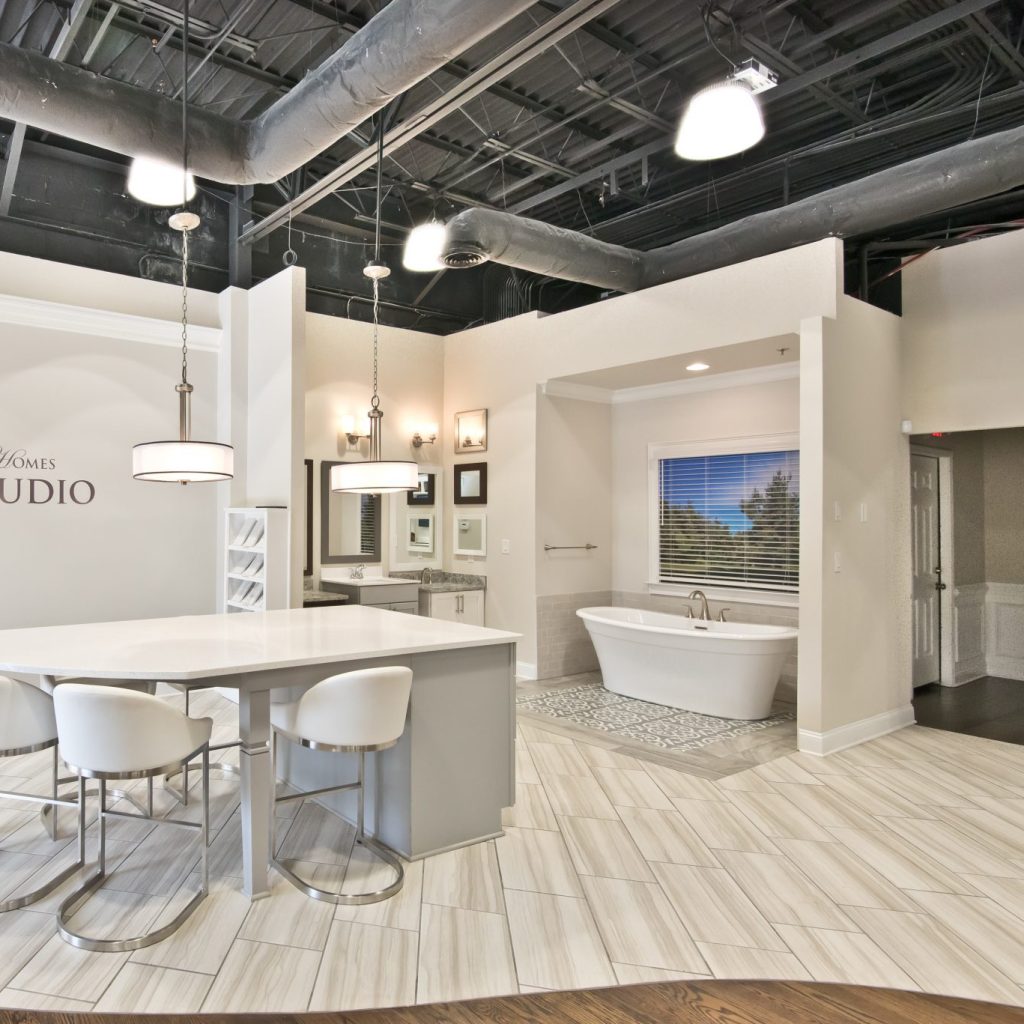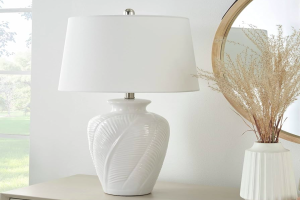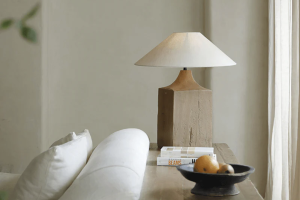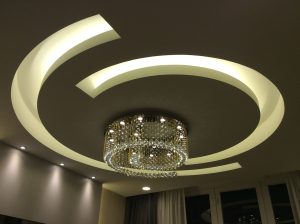Introduction
When it comes to lighting your home or office, choosing the right shade of white light can make all the difference. Cool white, warm white, and daylight are three of the most common shades of white light, and each comes with its own set of pros and cons. In this article, we’ll take a closer look at these three shades of white light and help you understand how they differ from each other.
Cool White Light
Cool white light is a bright, bluish-white light that has a color temperature of around 4000-4500K. This shade of white light is often used in commercial and industrial settings, as it gives off a clean, crisp appearance. Cool white light is also excellent for task lighting, such as in the kitchen or bathroom, where bright, clear light is essential.
However, cool white light can sometimes appear harsh and sterile, especially in more intimate settings like the living room or bedroom. It can also make colors appear washed out, making it a poor choice for environments where color accuracy is crucial.
Warm White Light
Warm white light has a color temperature of around 2700-3000K and emits a soft, yellowish-white light. It’s a popular choice for residential lighting, as it creates a cozy and inviting atmosphere that’s perfect for relaxing, reading, or entertaining guests.
One of the main advantages of warm white light is that it makes colors appear more vibrant and natural, unlike cool white light, which can make colors appear washed out. However, it’s not ideal for task lighting, as it doesn’t create the clear, bright light needed for tasks like cooking or reading.
Daylight
Daylight has a color temperature of around 5000-6500K and is the closest thing to natural sunlight. It emits a bright, bluish-white light that’s great for outdoor lighting, offices, and other settings where clear, bright light is needed.
One of the main advantages of daylight is that it improves focus and productivity, making it a popular choice for offices and other work environments. However, like cool white light, it can sometimes appear harsh and sterile in more intimate settings like the bedroom or living room.
Choosing the Right Shade of White Light
Now that you understand the differences between cool white, warm white, and daylight, how do you choose the right shade of white light for your space? Here are some key factors to consider:
The Purpose of the Space
What is the primary purpose of the space you’re lighting? If you’re lighting a kitchen or bathroom, cool white light is an excellent choice, as it provides clear, bright light that’s ideal for tasks like cooking or grooming. For a living room or bedroom, warm white light is a better choice, as it creates a cozy, inviting atmosphere that’s perfect for relaxation or socializing.
The Color Scheme of the Space
Consider the color scheme of your space when choosing the shade of white light. If you have warm, earthy tones in your decor, warm white light will complement those colors beautifully. If you have cooler tones like blues and greens, cool white light may be a better choice.
The Time of Day
Consider the time of day when you’ll be using the space. If you’re using the space during the day, daylight is an excellent choice, as it mimics the natural sunlight. At night or in the evening, warm white light is a better choice, as it creates a cozy atmosphere that’s ideal for winding down.





More Posts
Enhance Your Bathroom with a Ceramic Glazed Table Lamp
Enhance Your Outdoor Space with a Solar LED Table Lamp
Nordic-Inspired Wooden Table Lamp with Linen Lampshade